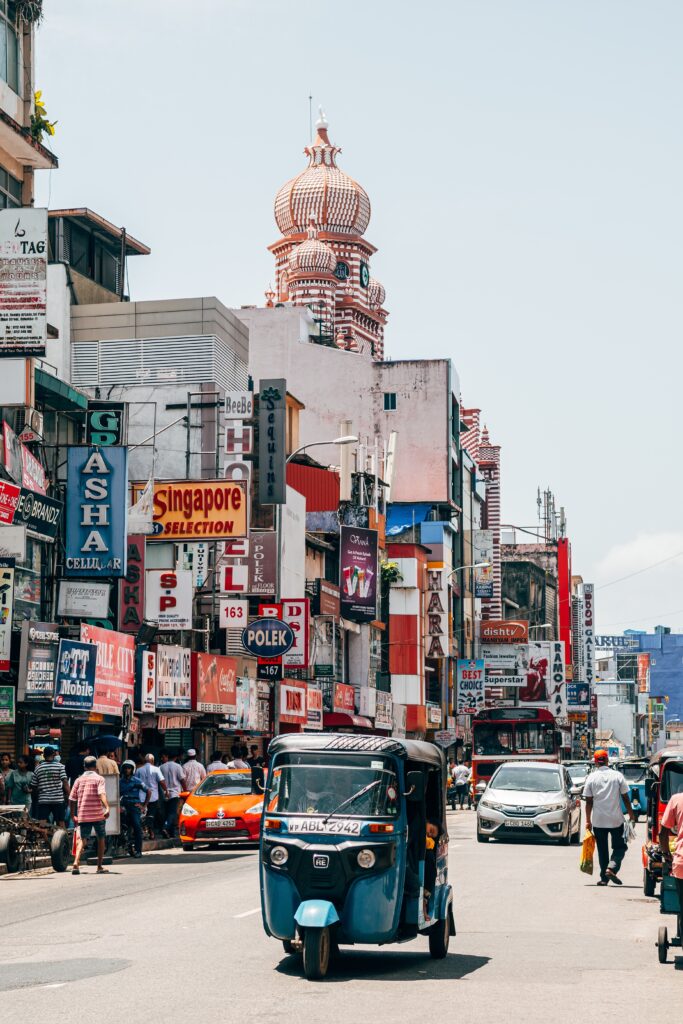The Sri Lanka vehicle import ban has caused car shortages and soaring prices, making vehicles unaffordable for many. The government will lift restrictions on buses and trucks starting 1 February but remains cautious about private car imports. Citizens struggle with high taxes and a weak currency.
High Prices Fuel Uncertainty
The ban on vehicle imports has left Sri Lanka grappling with a scarcity of cars and inflated prices. A weak currency and high taxes have further driven up costs, making it difficult for many to afford a vehicle. Starting 1 February, Sri Lanka will lift restrictions on importing buses, trucks, and utility vehicles. Authorities plan to gradually ease restrictions on other vehicles, but many citizens are eager for private cars, SUVs, and trishaws to return.
However, with vehicle costs surging, news of rising prices has many wondering who can afford a new car. Factors like currency weakness, high excise duties, and Value Added Tax (VAT) are driving the affordability crisis. The situation worsened in 2022 when Sri Lanka faced a severe foreign currency shortage, leading to its first-ever debt default.
The economic collapse sparked shortages of fuel, food, and medicine, which led to mass protests and toppled President Gotabaya Rajapaksa. The new government secured a $2.9 billion bailout from the International Monetary Fund (IMF) and introduced austerity measures, including tax hikes and subsidy cuts. As the economy stabilizes, the government cautiously resumes vehicle imports to avoid depleting foreign reserves.
Cautious Optimism in the Automotive Sector
Sri Lanka imports nearly all of its vehicles, primarily from Japan and India, with growing interest in Chinese electric vehicles. The ban’s impact has been severe, with used car prices doubling or tripling. For those like Gayan Indika, who runs a wedding vehicle rental and part-time cab service, the lack of affordable cars affects income streams. Without access to new vehicles, Indika’s earnings have dwindled.
Sasikumar, a software professional from Kandy, stresses the importance of owning a car due to poor public transport. “We need either better public transport or access to cars,” he said. Before the ban, Sri Lanka imported $1.4 billion worth of vehicles annually. This year, the central bank plans to allocate $1 billion for imports but will release funds gradually.
Arosha Rodrigo, a long-time car dealer, emphasizes the challenge ahead. Even if restrictions ease, many people still cannot afford new cars due to high taxes and a weak currency. Excise duties now range between 200% and 300%, based on engine size, and an 18% VAT further raises costs.
Teacher R. Yasodha illustrates the financial burden. “We’ve waited for years to buy a car, but prices have doubled. What cost 2.5 million rupees now costs five million. It’s beyond our reach,” she explains. Many share this frustration, raising concerns over the government’s approach to balancing foreign reserves and citizens’ access to mobility.
